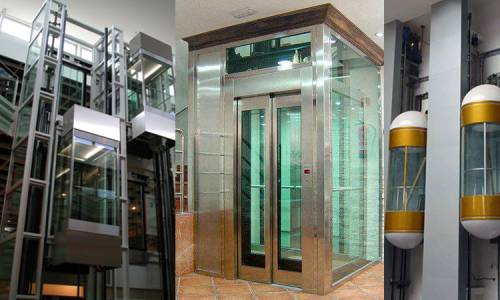
Traction elevators represent the most common type of elevator system, renowned for their efficiency, reliability, and versatility. These elevators utilize a traction machine, employing steel ropes (or cables) to hoist the elevator car. This method provides a smooth, controlled ride and is suitable for a wide range of applications, from residential buildings to high-rise commercial structures.
Selecting the appropriate traction elevator system depends on several factors, including:
We offer a comprehensive range of traction elevators tailored to meet diverse needs. Contact our team of experts today to discuss your specific requirements and find the perfect solution for your building. We provide design, installation, maintenance, and modernization services to ensure optimal performance and longevity.